Is There A Better Way To Get Your Nutrients?
Most Americans are not getting the nutrition they need for best possible health. The President’s Council on Fitness, Sport and Nutrition confirms that the diet of the typical American is probably deficient in several key areas. Americans generally exceed the recommended intake levels for calories from saturated fats, added sugars, and refined grains. They eat less than the recommended amounts of fresh vegetables, fruits, whole grains, dairy products and oils (unsaturated fats). They’re failing to nourish themselves with their diets. Only about 61.5 percent of people reference the nutrition facts panel when making a food purchase decision, according to CNN.
Many, however, do try to get complete nutrition through diets including foods that complement one another to meet daily needs. But despite best efforts, there may be deficiencies in nutrient intake. Multivitamins and other supplements can help fill those holes, but might not be entirely reliable. Even the way you take your vitamins may impact their efficacy. According to Dr. Melina Jampolis, taking vitamins with milk may interfere with the absorption of some nutrients, like iron. Taking them with orange juice is a better bet, since the vitamin C in the juice may aid in absorption, and taking them with a meal that contains fat and protein is even better.
Scientists are investigating a more effective and reliable way to ensure you’re receiving your daily nutritional requirements without the challenge of engineering a perfectly balanced diet or loading up on multivitamin pills. Transdermal nutritional delivery systems are being considered that could administer vital nutrition across skin. A patch affixed to the skin may be the solution to nutrition deficiencies. Here’s what it is, how it might work and why it could be the future for supplementation.
Delivering Nutrition Through the Skin
Transdermal patches could provide the body with its nutritional requirements simply by coming in contact with skin. This concept is being developed to supply soldiers in extreme situations with essential nutrition. According to the U.S. Army at Natick, the product is still in the conceptual phase, but scientists are making progress on what they’re calling the Transdermal Nutrient Delivery System, or TDNDS. It’s intended for use by warfighters in circumstances where proper nutrition is difficult to access, but it’s application could eventually be expanded to civilians.
How Transdermal Delivery Works
According to the Army developers, transdermal delivery could operate similarly to the osmotic technology that’s currently used in the nicotine patch. Instead of transmitting nicotine, however, a transdermal nutrient delivery system would deliver vitamins and nutrients. It’s possible that a microchip processor could employ a sensor to determine a user’s metabolic requirements. That processor would then activate a mechanical system, opening a gateway for the nutrients to penetrate the skin. Pores could be opened by electrical impulses or through microdialysis, pumping nutrition from the transdermal patch directly into blood capillaries.
This method of nutrient transfer is extreme and specifically designed for warfighters unable to obtain any nutrition through diet, but the same skin transfer concept could apply to civilian models. Consider existing transdermal systems of medication delivery, which a nutritional patch could mimic. A special membrane controls the rate at which the substance can pass through the skin into the bloodstream, according to a review in the Pharma Innovation International Journal.
Why Transdermal Delivery Could Be The Future Of Nutrition
A transdermal delivery system to help deficient Americans meet their nutritional requirements could be the future of nutrition in the country. A product that could simply be adhered to the skin like a bandaid would take much of the onus off of the individual to try to meet their nutritional requirements through their diets. This, of course, is a double-edged sword. It would ensure that people are meeting their needs, which would theoretically make the population healthier. It could potentially encourage, however, apathy toward dietary nutrition.
For those who do their best to meet their daily nutritional requirements through a healthy, complete and balanced diet, however, a transdermal system of nutrient delivery could help fill any gaps with a consistency unavailable through traditional oral supplements.

